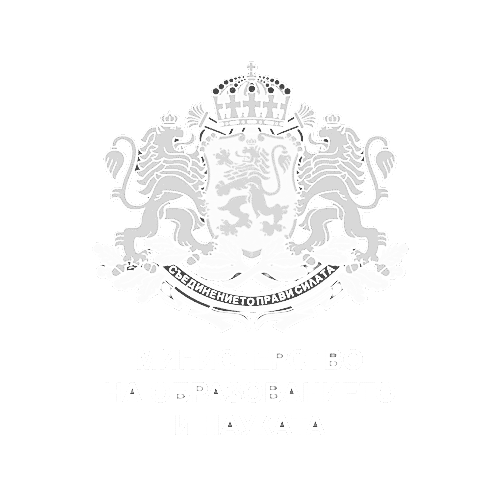| Tags | Imaging & Tracing Platform |
|---|
Medical translational research is a multi-disciplinary and complex field in which researchers need to collaborate with each other and address the necessity of technical and professional expertise.
EATRIS plays a fundamental role in connecting the translational research community and promoting the collaboration between researchers with different expertise internationally.
This allows the exchange and spread of novel ideas and the maturation of novel collaborations.
A representative example of these activities is the NAN-4-TUM project. This was founded by the ERANET-EURONANOMED3, in which Dr Scala has involved three out of the six collaborators from the EATRIS network: Dr Marián Hajdúch, Professor at the Institute of Molecular and Translational Medicine, Palacky University in Olomouc, CZ, Dr Sébastien Wälchli from the Oslo University Hospital in Norway and IRCCS – Istituto Nazionale tumori di Napoli Fondazione G. Pascale, Napels in Italy as the coordinating institution.
The EATRIS annual meetings in Ljubljana, Slovenia and then in Lisbon, Portugal, have created the opportunity to identify and discuss the medical need in solid cancers. The result of these discussions is the initiation of the NAN-4-TUM project. The project kicked off on March 13, 2020, virtually due to the COVID-19 crisis.
Project:
Development of CXCR4 targeting -nanosystem-imaging probes for molecular imaging of cancer cells and tumour microenvironment (NAN-4-TUM).
Duration:
01/03/2020 – 28/02/2022
Background:
Cancer is a major health problem worldwide. The lifetime probability to develop an invasive cancer is approximately 35-40 % with solid cancers representing more than 90%.
Early diagnosis and precise follow-up alongside effective treatment constitute essential elements for the successful management of cancer. For diagnostic, staging procedures and follow up the majority of patients undergo computed tomography (CT) scan and positron emitting tomography (PET) evaluation.
Nevertheless 18-fluorodeoxyglucose ([18F]-FDG), the widely utilised PET tracer, has limitations in terms of specificity and sensitivity and thus cancer lesions may be undetectable or false-positives might occur.
A molecular target could overcome this obstacle. The chemokine receptor C-X-C chemokine-receptor-4 (CXCR4) is overexpressed in the majority of solid tumours characterising the cellular most aggressive components.
Thus, CXCR4 targeting PET probes were developed. In addition, recent evidence showed that CXCR4 targeting imaging may specifically label tumour microenvironment (TME). [68Ga]Pentixafor is the most clinically developed CXCR4 targeting –PET probe accounting for the most reliable results in haematological diseases, while in solid cancers, a modest, sometimes absent, as well as heterogeneous, detectable receptor was reported.
Coupling a CXCR4-PET probe with nanotechnology could increase the specificity and the sensitivity through increased tumour accumulation, using multiple targeting ligands per particle and amplification of the contrast signal.
Our goal is to develop a new CXCR4 targeting nanovector-specific PET tracer (CXCR4-PET-NAN) taking advantage of a new proprietary CXCR4 antagonist and dendrimer-based PET probe developed by members in our consortium.
This study will provide new tools for noninvasive imaging of CXCR4 on tumours/TME-CXCR4 positive. We expect that CXCR4-PET-NAN will improve diagnosis of CXCR4 overexpressing tumours such as breast, colon, melanoma, pancreas, lung and neuroendocrine tumours (NETs). In addition, relevant information will be provided on tumour biology and TME immune infiltration rate predictive of response to immune targeted drugs such as Immune checkpoints inhibitors (ICI).
Objectives:
- To develop CXCR4 targeting-nanosystem (CXCR4-NAN) coupling 1) Pegylated liposomes-CXCR4 antagonist decorated/coupled and 2) self-assembling supramolecular dendrimer nanosystem (SSDNs) bearing targeting functionalities of CXCR4 antagonists. CXCR4-NAN will be characterised for morphology, size distribution, surface charge, and stability as well as receptor binding and functional CXCR4 inhibition in vitro and in vivo models of solid tumours (colon, breast, gastric, NETs and kidney cancer) (xenograft, syngeneic and patients derived xenograft (PDX)).
- To develop PET radiotracers based on the above established (CXCR4-NAN-PET) using radionuclide [68Ga]. Robust and reliable radiotracers will be selected for tumour imaging and characterised for targeting specificity, internalisation, biodistribution and toxicity in vivo models (as above). Evaluation of CXCR4 tumoural/TME signals.
- To complete Investigational Medicinal Product Dossier (IMPD) and manufacture clinical candidate tracer for imaging of CXCR4 positive tumours. “Proof of concept” Phase 1 Clinical Trial of the selected PET radiotracer. Evaluation of CXCR4 tumoural/TME signals.
Project Reference Number: EURONANOMED2019-044

















